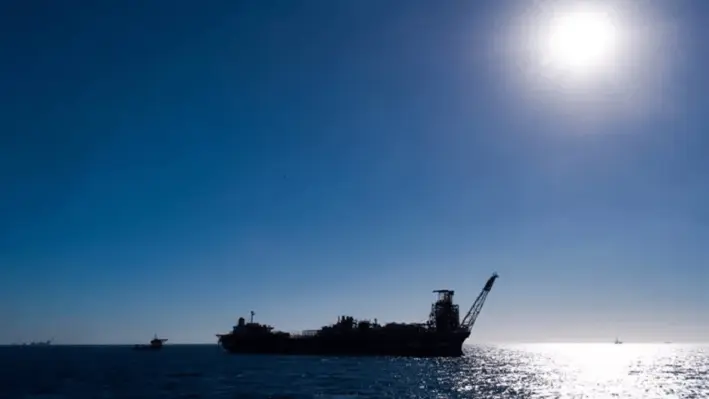
 The end of 2024 saw the Australian Government’s Department of Industry, Science and Resources release ‘Australia’s Offshore Resources Decommissioning Roadmap’, summarising the Government’s plan to create a sustainable domestic decommissioning industry.
The end of 2024 saw the Australian Government’s Department of Industry, Science and Resources release ‘Australia’s Offshore Resources Decommissioning Roadmap’, summarising the Government’s plan to create a sustainable domestic decommissioning industry.
In the Minister’s Foreword, Madeleine King, Minister for Resources and Minister for Northern Australia, stated, “An Australian decommissioning industry can be part of our economic transformation as we move to net zero. It can support new jobs for our skilled offshore workforce and attract new investment for Australian businesses. It can also grow domestic industrial capabilities while supporting the circular economy. This industry will play a key role in the continued protection of our marine environment by ensuring Australia continues to meet the robust environmental standards under Australian and international law.
“The foundations of an Australian decommissioning industry have been laid. We have the skills and expertise to underpin a world-class decommissioning industry, backed by strong regulatory settings.”
The roadmap outlines the steps the Australian Government will need to take to coordinate and guide policies while setting clear regulatory expectations in order to seize the estimated AUD$60bn in economic opportunity lying in wait.
To implement the roadmap, a dedicate Offshore Decommissioning Directorate will be established within the Department and will work with industry, unions, state and territory governments, First Nations groups, international organisations and local communities to help build an Australian decommissioning industry. The Directorate will focus on the most pressing issues identified by stakeholders and also work across governmental bodies to necessary policies in place to maximise the contribution of decommissioning to the Australia economy.
In line with the roadmap, the Australian Government will implement the following actions to support the development of the regions’ decommissioning industry:
More information, as well as the full roadmap, can be found on the Government’s website.
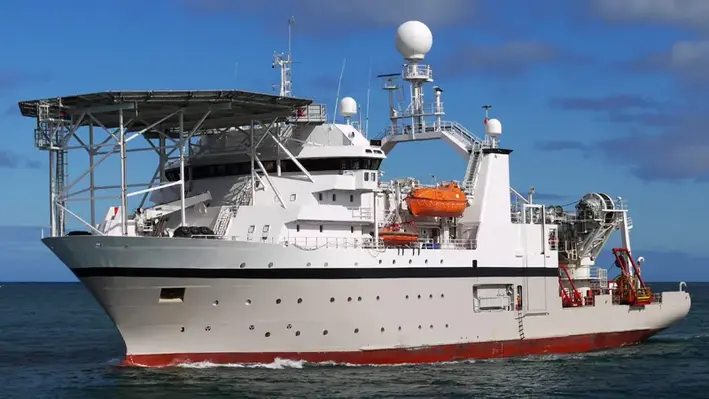
 To secure dedicated operations that include routine subsea well interventions or abandonments in the United States Gulf of Mexico over the next five years, a deepwater consortium from the region, HWCG LLC, has entered an agreement with Trendsetter Engineering to upgrade an existing 6-3/8 inch, 15k Trident Open Water Intervention Riser System (OWIRS).
To secure dedicated operations that include routine subsea well interventions or abandonments in the United States Gulf of Mexico over the next five years, a deepwater consortium from the region, HWCG LLC, has entered an agreement with Trendsetter Engineering to upgrade an existing 6-3/8 inch, 15k Trident Open Water Intervention Riser System (OWIRS).
Once upgraded, possibly by the first half of the year, the system will become well equipped for operations in water depths up to 10,000 ft, improving barrier functionality, leaving MUX controls redundant. It will also convert the Trident LRP into a compact, lightweight 15k capping stack.
Previously, HWCG posessed a 20k valve-based capping stack for addressing blowout incidents. It was supported by a 7-inch gate valve designed, qualified and manufactured by Advanced Technology Valve. It came with a rating of 20,000-psi and 350°F. It helped address challenging technical issues within the deepwater environment by improving a well area that was open to flow and also enhanced riser load capability. According to Craig T Castille, the Managing Director of HWCG, the development helped 'improve our full cycle response mission', as part of the consortium's commitment to 'providing a Rapid Response Solution for well containment which minimises potentially severe environmental and economic impacts to the Gulf of Mexico and its stake holders'.
The HWCG came into existence following the unfortunate incident of Deepwater Horizon, bringing together the offshore industry for the greater cause of setting up a prompt and comprehensive response team to address subsea blowout before it leaves an irreplaceable damage to people, property and environment. It's multiple initiatives include a robust Mutual Aid programme, strategic partnerships with vendors and industry experts such as Helix Energy Solutions Group and Trendsetter, to name a few, and conducting crisis exercises and thoughtfully curated drills.
“Our approach to deepwater well containment has always centered on consulting with the industry’s foremost experts while leveraging the best available technology. Our annual drill showcases the vast level of collaboration inherent in our response efforts, which becomes even more critical at full scale,” said former Managing Director of the consortium, David Coatney.
The consortium considers the upgraded system by Trendsetter state-of-the-art, which can also be deployed in the event of a subsea blowout, ruling out the necessity of several critical response modes such as well capping, flowback, well kill, and well intervention. It is known for its cost reduction and efficient well intervention capabilities.
HWCG's Technical Director, Mitch Guinn, and Project Manager, Erik Bristol, has worked alongside Trendsetter to tailor the upgraded system for routine operations and source control response, ensuring seamless integration with the venture's existing capping stacks. “HWCG is committed to providing its members with access to superb technology from extremely capable service providers. The Trident OWIRS system and our agreement with Trendsetter are emblematic of HWCG’s strategy to utilise equipment which is routinely operated in the US GoM. This strategy reduces operational risks during a response by improving worker confidence through repetition,” said Castille.
To know more about the global well intervention scene, click here.
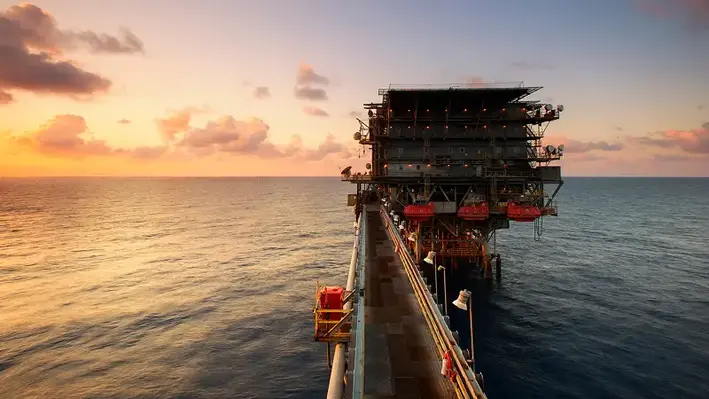
 Earlier this month Aker BP took over the ownership of the Oda field, located in the Ula area in the southern Norwegian North Sea, from Sval Energi.
Earlier this month Aker BP took over the ownership of the Oda field, located in the Ula area in the southern Norwegian North Sea, from Sval Energi.
Talar Arif, Director of the Ula area, stated, “This is a good example of the excellent cooperation between the license partners in the Ula area. We have a common goal of finding solutions that maximise value creation both in operational and decommissioning phases.
“By transferring the operatorship to Akep BP, Oda will become an integrated part of the optimisation of late-phase operations, as well as the planning and execution of the decommissioning and removal of infrastructure in the Ula area. This will provide both technical and economic synergies in the operational and decommissioning phases.”
Oda is located 14km east of Ula. The field contains two production wells and one injection well tied to Ula.
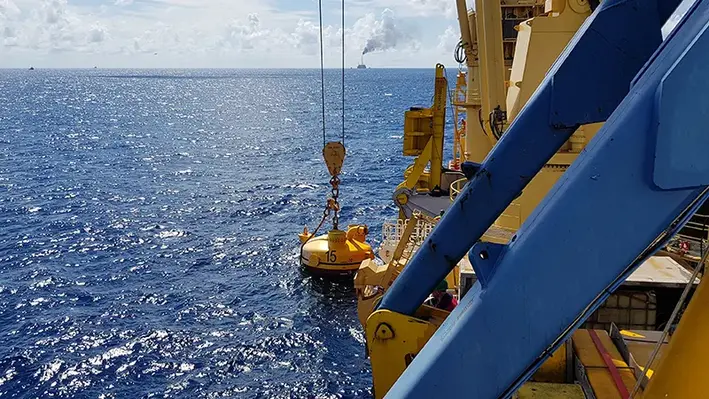
 To tackle field development work in the US Gulf of Mexico, bp has onboarded C-Innovation (C-I) to deliver a significant contract that also covers inspection, maintenance, and repair (IMR) services.
To tackle field development work in the US Gulf of Mexico, bp has onboarded C-Innovation (C-I) to deliver a significant contract that also covers inspection, maintenance, and repair (IMR) services.
The contract gives bp access to C-I's vast fleet of specialised subsea and supply vessels, besides the provision of its special light construction vessels, C-Constructor and MV Holiday. Each of these vessels come equipped with 150 MT subsea cranes and two Schilling UHD work class remotely operated vehicles (ROVs).
These two dedicated IMR construction vessels will be deployed for project management, engineering, equipment, logistics, and port services, alongside aiding construction, inspection, survey and decommissioning projects. “C-I will act as the contracting lead from front end engineering to offshore execution," said Ryan Combs, C-I’s bp Programme Manager.
The company is proud of its offshore service packages that are customised to suit individual client needs. Delighted on acquiring this three-year contract that has an additional two one-year extensions scopes as well, Combs said, "This multi-year contract in the Gulf of Mexico secures the C-Constructor and Holiday to support a diverse array of subsea activities ... A crucial factor in winning this award is C-I’s access and integration of the unmatched resources available within the Edison Chouest Offshore (ECO) family of companies. This new award is the continuation of a well-established relationship with bp and demonstrates our ability to deliver on our commitments and continuously improve our services year after year.”
C-I has been present in the US Gulf of Mexico since 2017, where its vessels have completed more than 60 riserless light well intervention (RLWI) projects in the Gulf of Mexico, especially in the deepwaters.
"One thing that sets us aside I believe is our ability to control our own destiny and to take on the contract as a whole," said the company's Vice President, David Sheetz.
C-I's turnkey RLWI services are diverse enough for the most part of the well intervention system, including provision of the vessel, ROVs, subsea intervention system, pumping system, coiled tubing, nitrogen and stimulation fluids. The company is also known to have remediated multiple hydrates in the Gulf of Mexico.
The bp-operated Mad Dog field, which is known for its exceptional production count, had also seen the deployment of C-I's IMR ROV vessel, MV Dove, which helped mitigate several risks involved in the project. Some of these included armoring with Lexan polycarbonate, designing of new manipulator mounting subframes so that the reach of the manipulators can be extended by 12 inches, and the installation of enhanced manipulator control systems.
"C-I was engaged by bp early in the project lifecycle to provide input into the design of the subsea hardware and installation capabilities of the ROV, which would face limited access to the installation location beneath the facility. The C-I project team engaged with the ROV operations groups, offshore managers and tooling group in order to evaluate the risks involved with the execution of the project and ultimately secured a successful outcome,” said Combs.
To know more about the global well intervention scene, click here.
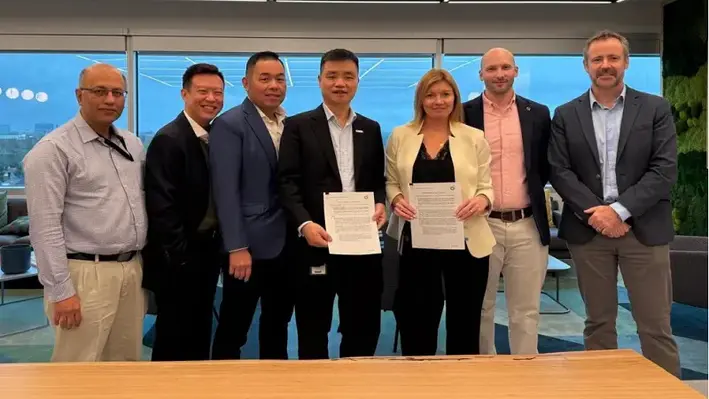
 Seatrium Ltd. has announced the signing of a MoU with BP Exploration & Production (bp) in preparation for the Tiber Floating Production Unit (FPU) in the US Gulf of Mexico.
Seatrium Ltd. has announced the signing of a MoU with BP Exploration & Production (bp) in preparation for the Tiber Floating Production Unit (FPU) in the US Gulf of Mexico.
Marking the second project for the companies, Seatrium will provide services to carry out the engineering, procurement, construction and commissioning (EPCC) of a FPU designed to support the development of bp’s deepwater assets in the Gulf. The Tiber FPU will be equipped with advanced technologies to enhance operational efficiency and safety.
The Tiber discovery is located approximately 300 miles southwest of New Orleans in the Keathley Canyon.
Seatrium and bp will jointly define the initial works and EPPC scope under the MoU. The contract is subject to the final investment decision by bp which is anticipated for later in the year. The new agreement builds on the existing partnership between the two companies on the Kaskida FPU, which reached final investment decision in 2024.
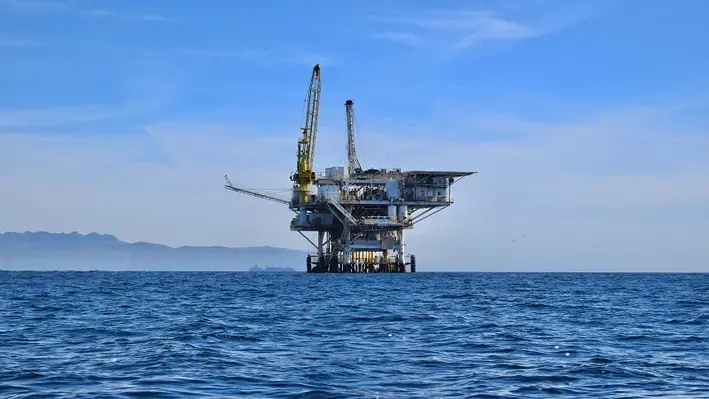
 Reservoir Group, a provider of innovative well intervention services, has successfully deployed its tubing cutting tooling in a variety of sizes and applications for both onshore and offshore environments.
Reservoir Group, a provider of innovative well intervention services, has successfully deployed its tubing cutting tooling in a variety of sizes and applications for both onshore and offshore environments.
This service, which supports a range of vertical and high deviation wells, is designed to reduce operational costs and bring production back online quickly. The cutting-edge technology, including hydraulic anchor tools, is deployed through coiled tubing, rig drill pipe, and snubbing unit drill pipe.
The diverse range of deployment methods allows Reservoir Group to efficiently service wells in various conditions. In a recent case history involving 11 wells, the company achieved a 100% success rate in tubing cutting operations.
A spokesperson from reservoir Group said, “Our team of technical experts combined with our proprietary products and commitment to customer care have been pivotal in delivering safe, high-quality, and cost-effective solutions.”
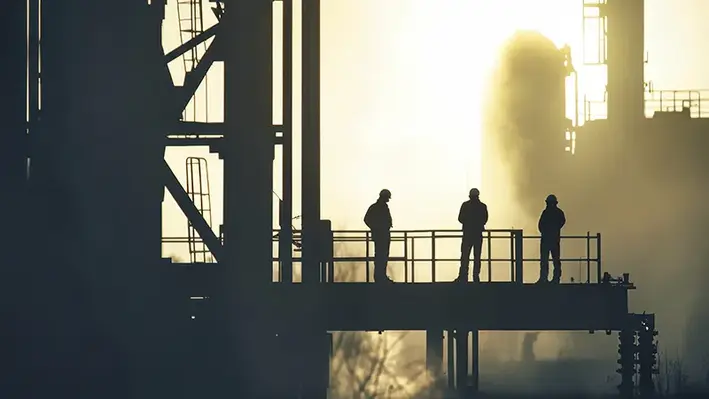
 Murphy Oil Corporation's fourth quarter production for 2024 from the United States Gulf of Mexico averaged 68,000 barrels of oil equivalent per day (boepd), 80% of which was oil.
Murphy Oil Corporation's fourth quarter production for 2024 from the United States Gulf of Mexico averaged 68,000 barrels of oil equivalent per day (boepd), 80% of which was oil.
This is a slight improvement over the third quarter which recorded 67,000 boepd, comprising 79% oil.
The fourth quarter saw the drilling and completion of the Mormont #4 (Green Canyon 478) well, which was followed by a workover on the Samurai #3 (Green Canyon 432) well.
The well workover was one of the reasons for a production impact of a total 10.8 mboepd in the fourth quarter. A delay in the arrival of the offshore rig to start workover operations on the Samurai led to a production impact of 1.4mboepd from the site.
The Samurai well is tied in with Khaleesi and Mormont fields, resulting into a massive infrastructure that produces more than 15,000 boepd. While the company has seen a successful drilling campaign of Khaleesi #4 well at Green Canyon 389, it also had to conduct repairs to subsea equipment in the Mormont #2 well (Mississippi Canyon 478) to bring it back to production.
A considerable number of workover and sidetrack work kept Murphy busy in 2024, which the company believes are a common occurrence in offshore conditions with high productive wellsites. The Neidermeyer well workeover has been an especially challenging activity for the team.
Usually, reserves-rich, promising subsurface conditions often pose workover requirements to achieve successful production count. There might be a decade-long smooth run or dislocations around minor workover events or well repairing might hit operators every in four-five years; they must be prepared to take these risks and uncertainties before being showered with a good yield.
Successfully in line with all planned workovers in the third quarter, the fourth quarter of 2024 saw a total workover expense of US$30mm for Murphy. This included opertaions of Samurai #3 (Green Canyon 432). For the first quarter of 2025, the company has workover plans on Marmalard #3 (Mississippi Canyon 255), while also bringing the operated Mormont #4 well online.
The Occidental Petroleum-operated Ocotillo #1 exploration well in Mississippi Canyon 40 has been declared a discovery by the partners, more so because it helped bring down exploration expenses. Experts are anticipating it to be a typical Miocene-type tieback opportunity that indicates somewhere between 30 to 60 million barrels.
Overall, Murphy's fourth quarter production for 2024 averaged 175,000 barrels of oil equivalent per day (boepd), which included 85,000 bopd. Its offshore business remained mostly consistent with the third quarter results, producing approximately 75000 boepd, which included 82% oil.
The company is set to spend approximately US$145mn for its 2025 exploration programme, which includes drilling two operated exploration wells in the Gulf of Mexico.
“We have an ambitious exploration programme ahead of us over the next 18 months, with operated wells planned in the Gulf of Mexico, Vietnam and Ivory Coast, in addition to an appraisal well in Vietnam. This optionality across multiple play types in key basins provides significant resource upside for our offshore business. It is an exciting time at Murphy, and exploration will remain a key differentiator and value creator for our company for years to come,” said Eric M Hambly, President and Chief Executive of Murphy.
To know more about the global well intervention scene, click here.
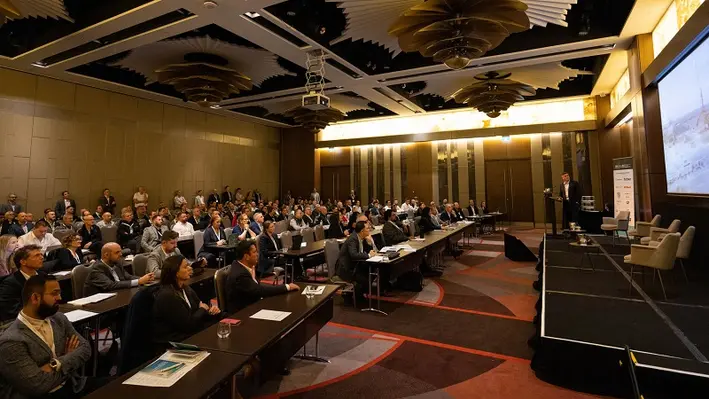
 Australia’s leading decommissioning and abandonment conference (D&A AUS 2025) will be opening its doors once again this June for a jam-packed schedule full of more industry updates, case study analyses, networking opportunities and VIP events than ever before.
Australia’s leading decommissioning and abandonment conference (D&A AUS 2025) will be opening its doors once again this June for a jam-packed schedule full of more industry updates, case study analyses, networking opportunities and VIP events than ever before.
Taking place at The Crown Perth on 10-11 June, 2025, this year’s edition, once again in partnership with CODA, will shine the spotlight on the region’s regulators, including an in-depth session with NOPSEMA discussing the roadmap for new technology implementation within the Australian decommissioning market.
Attendees will also have the chance to hear the latest updates regarding the notorious Northern Endeavour project in a talk led by the Department of Industry Sciences and Resources, as well as develop a deeper understanding of the on-going environmental research conducted by NDRI, AIMS and ANSTO in a panel session dedicated to identifying current gaps in the research.
Australia’s largest operators will also play an integral role in the conference, including Chevron, ExxonMobil and Woodside who will take centre stage to delve into regional case studies from their current decommissioning portfolio.
This year will feature the debut of the newly revamped expo hall, boasting double the number of booth as previous years and a fresh new look promising to be the one-stop-shop for all decommissioning needs.
As the content value of the conference has continuously elevated, so too have the networking opportunities, allowing delegates to indulge in the VIP treatment. This year, attendees can kick-start proceedings with the Pre-Conference Icebreaker Drinks, garnering new relationships and reconnecting with old faces over cocktails and canapés before toasting to the exciting days to come. D&A AUS 2025 will also once again host its invaluable Networking Drinks after the Day One sessions have ended, allowing delegates to relax, unwind and debrief.
Adding a touch of luxe to the events calendar, this year’s Deluxe Pass Holders will once again be treated to a Deluxe Dinner. The exclusive gathering offers a unique opportunity to connect with fellow delegates in a more intimate setting over a five-course menu. To round out the conference on a high note, VIP Pass Holders will enjoy a night of entertainment complete with a premium drinks package, a three-course meal and plenty of surprises in store.
Featuring 500 delegates, 50 new technology demos, 50 expert speakers, five interactive exhibition and networking spaces and five bespoke networking sessions, D&A AUS 2025 promises to be an unmissable event in the region’s oil and gas calendar.

 Considering the high risk of leaving offshore wells abandoned and orphaned in federal waters, the Bureau of Safety and Environmental Enforcement (BSEE) has vowed to strengthen the plugging of orphaned wells and associated pipelines.
Considering the high risk of leaving offshore wells abandoned and orphaned in federal waters, the Bureau of Safety and Environmental Enforcement (BSEE) has vowed to strengthen the plugging of orphaned wells and associated pipelines.
According to BSEE's analysis, well decommissioning costs around US$344,000 to US$421,000. Investing an adequate amount in this area would likely help in supporting around 10,500 well-paying jobs annually over the next decade. These jobs would be tailor-made for oil and gas workers as well as additional jobs in the oil and gas inspections workforce to detect harmful methane leaks—which have devastating effects on the environment and people—and survey orphan wells for cleanup.
Although thousands of wells are orphaned or improperly unplugged, a lack of adequate information regarding their exact numbers cannot create specific processes for monitoring these wells, including for their carbon, hydrogen sulfide, and methane emissions. This is why keeping a comprehensive record of the condition and location of all offshore oil and gas wells and facilities and consistent monitoring should continue after decommissioning is complete. Around 18,000 miles of inactive pipelines that are unmapped and unmonitored in the Gulf of Mexico.
According to the Centre for American Progress (CAP), enforcement of existing policies; a robust federal job programme; increasing financial obligations; and a comprehensive record-keeping and monitoring process are considered to be viable approaches to both reducing the negative socioeconomic and environmental impacts of these sites as well as the ease with which they come to exist.
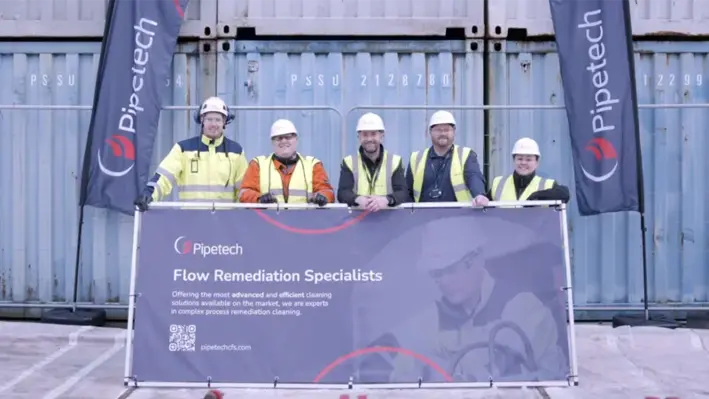
 Flow remediation specialist, Pipetech, has announced it will be launching its Downhole Scale Remediation (DSR) technology in the coming months.
Flow remediation specialist, Pipetech, has announced it will be launching its Downhole Scale Remediation (DSR) technology in the coming months.
The new product, under development for the last two years, is set to redefine wellbore cleaning solutions for the global energy sector while promoting sustainable practices, addressing the industry challenges posed by scale, wax, and other naturally occurring deposits that obstruct fluid flow, compromise production efficiency and create unsuitable surfaces for bridge plugs.
The DSR technology offers a different approach to tackling wellbore scale; instead of using corrosive chemicals, it leverages a rotational high-pressure water-jetting system, which tracks and adapts to a wellbore’s varying inner diameter (ID), delivering precise and effective cleaning for safety valves, side pocket mandrels, and other critical areas, efficiently restoring surfaces to bare metal and thus enhancing production efficiency while significantly reducing environmental impact.
Patented in the UK and US, the technology has achieved proof of concept during qualification trials and has also undergone client trials with leading energy operators. Field trials are set to take place this year to demonstrate the DSR’s superiority over existing chemical and mechanical methods, while global testing is scheduled across redundant wells in the UK, Norway, and other international locations to confirm its adaptability and reliability in diverse field conditions.
Leonard Hamill, Operations Director at Pipetech commented, “The DSR technology represents a major step forward for the energy sector. By combining advanced engineering with an eco-conscious approach, we’re providing a solution that tackles a long-standing operational challenge while aligning with the industry’s sustainability goals. We are proud to lead this innovation and are thrilled by the strong interest we’ve received from major operators, which underscores the DSR’s potential to become a game-changer in flow assurance.”
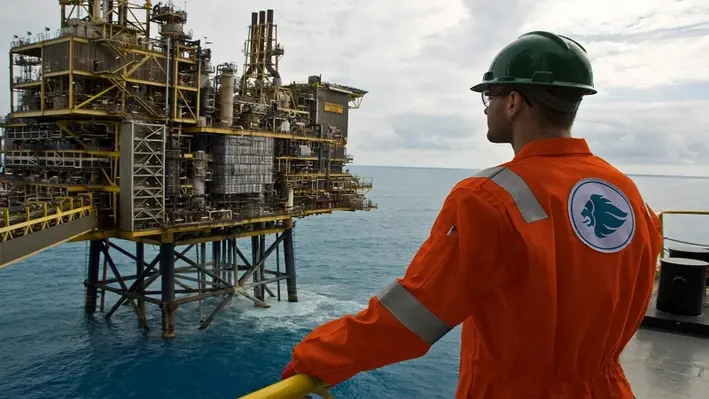
 Expro has announced the continuation of its partnership with Perenco-CCS in the UK, reinforcing its commitment to supporting the gas company’s Southern North Sea (SNS) operations.
Expro has announced the continuation of its partnership with Perenco-CCS in the UK, reinforcing its commitment to supporting the gas company’s Southern North Sea (SNS) operations.
The agreement extends a relationship spanning almost two decades and solidifies Expro’s role as a key supplier of well intervention services to Perenco since 2012 when the company started acquiring gas assets in the SNS. Over the years, Expro’s services range has expanded to include well testing and tubular running services.
Both parties state they are “excited to work together on the UK energy transition to enable a bright future for the SNS via low emissions domestic gas supplies and by moving carbon capture from concept to reality.”
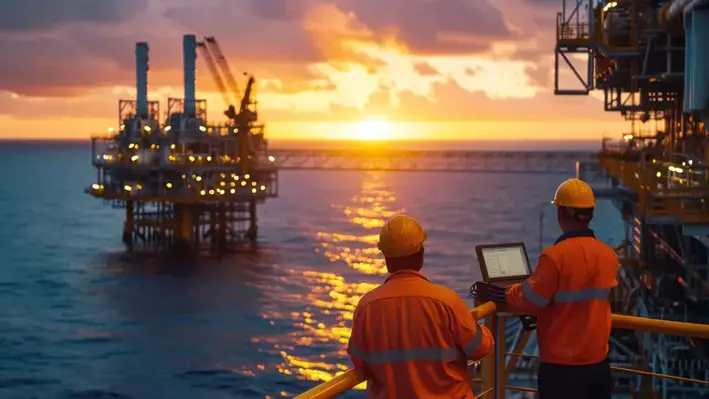
 The offshore oil and gas industry is experiencing a transformative wave, driven not only by innovations in downhole technologies but also by its increasing adoption of digitalisation.
The offshore oil and gas industry is experiencing a transformative wave, driven not only by innovations in downhole technologies but also by its increasing adoption of digitalisation.
Across the globe, digital technologies and digitised data are reshaping industries, and oil and gas is no exception. Solutions leveraging IoT technologies, data analytics, and digital twins are enabling operators to harness information more effectively. These advancements are improving productivity and unlocking significant cost savings.
According to SLB, many companies are leveraging digitalisation to enhance their portfolios. SLB, for instance, uses its Intervention Advisor Software to manage risks, cut value chain costs, and improve production. The software offers diagnostic, remediation, and prevention methods tailored to optimise operations and reduce costs per barrel. Additionally, SLB’s recently announced partnership with Geminus AI introduces a physics-informed AI model builder, allowing for real-time optimisation across various outcomes, including operational expenditure reduction, increased productivity, and carbon emissions minimisation. “Geminus’ capability to fuse AI methods with physics-based simulation data will empower customers to quickly and easily create hybrid models of their operating assets that can be optimised in real time against numerous outcomes, such as opex reduction, increased productivity, and carbon emissions minimisation,” remarked Rakesh Jaggi, President, Digital and Integration, SLB.
In the second half of 2023, Silverwell Technology announced it had secured a major contract in Southeast Asia to deploy its digitally intelligent artificial lift (DIAL) system across multiple wells. According to the company, DIAL integrates in-well monitoring with surface analytics and automation to optimise gas-lifted fields remotely, even in challenging environments. Silverwell added that, across a three-year contract, the technology would be deployed in difficult conditions and expressed hopes that its successful completion would encourage broader adoption in the region.
The development of digital tools, especially around data interpretation, is being closely watched in the industry. According to Utama, “Improving the interpretation of logging data with new technology will enable oil companies to make better decisions for their well, especially around abandonment.”
The continued evolution and adoption of digitalisation remain a focal point for the offshore oil and gas sector, driving innovation and efficiency across operations.
Page 33 of 111